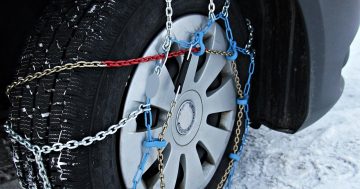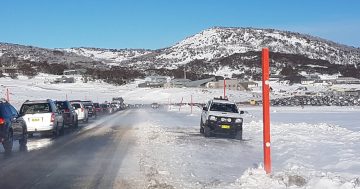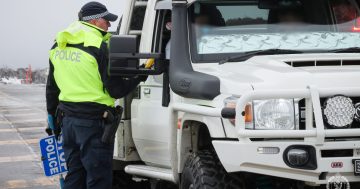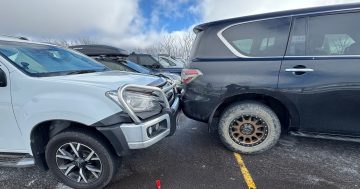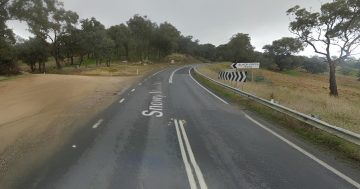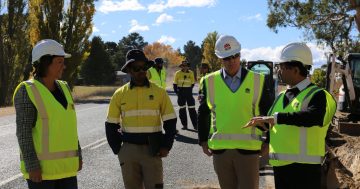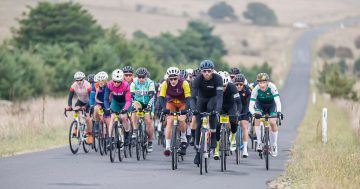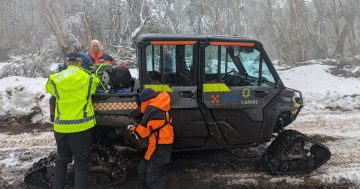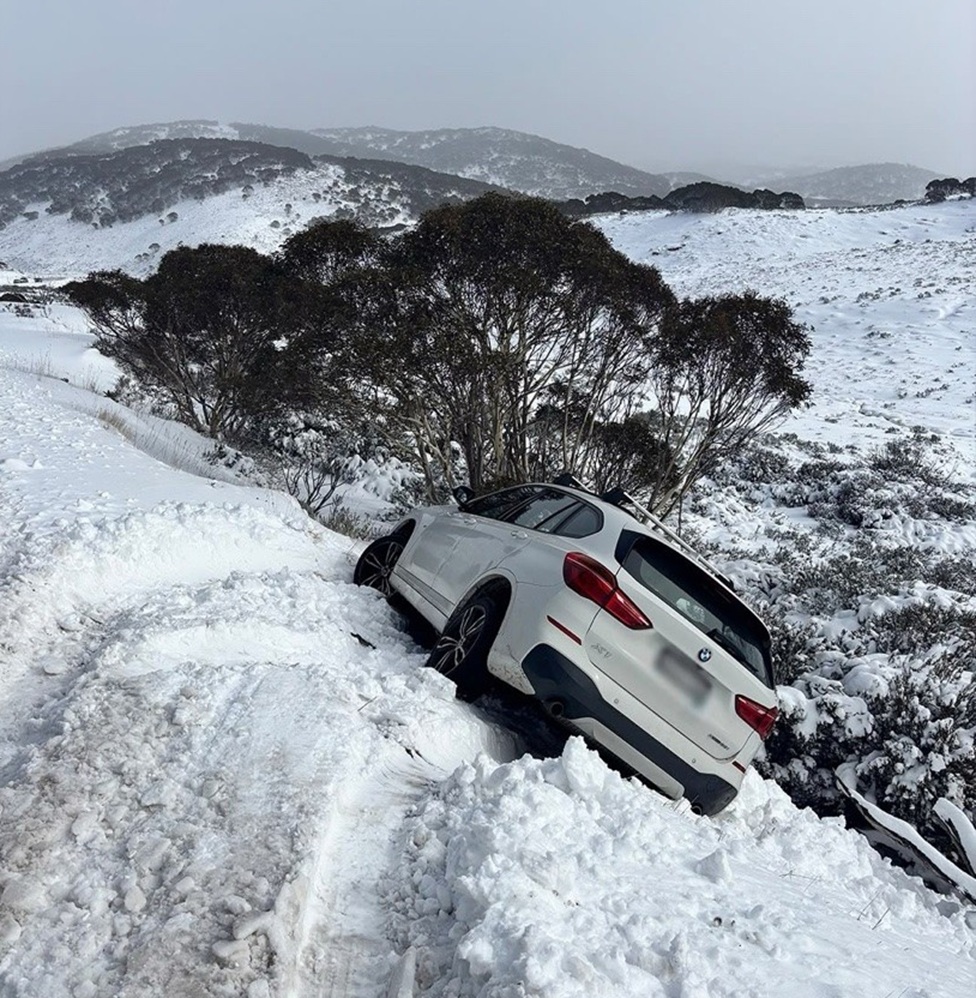
There have been about 100 cases of drivers losing control and sliding off the roads in the Snowy Mountains already this snow season. Photo: Transport for NSW.
A spike in the number of crashes on the Snowy Mountains’ icy roads has seen drivers urged to be prepared so they’re not endangering themselves or someone else.
Bumper snowfalls combined with school holidays has seen thousands of people head to the alpine region, but many are ill-equipped for dangerous winter road conditions.
Transport for NSW has already seen about 100 cases of drivers who have lost control in the snow and ice before sliding off the road.
“We do generally see an increase in incidences when there is snow and ice on the roads which can cause unprepared motorists to lose control,” a spokesperson said.
Recent incidents included a vehicle not equipped with snow chains that slid off an icy road and became stranded.
Another driver ended up down an embankment after losing control on mountain roads. It’s believed they didn’t adjust their speed for the conditions.
Monaro Police District Commander, Superintendent Toby Lindsay, urged people to particularly make sure their vehicles were ready for the icy conditions.
“Carry chains if you’re going into the national park; we don’t want to see people receive infringements from not carrying chains,” he said.
“And more importantly, we don’t want them to have accidents because they didn’t use the chains as well.”
That’s as about 6000 vehicles are travelling to Perisher and Thredbo each day.
This has caused some parking capacity issues at the two resorts, leading to temporary road closures.
The most recent ones were at the weekend for Kosciuszko Road (11, 12 and 13 July) and Alpine Way (12 and 13 July).
In response to the increased accidents and parking concerns, the NSW Government has ramped up snow-clearing operations and has urged motorists to sign up for Transport for NSW’s free SMS alert service.
The alerts let travellers know when carparks at the resorts are full or when key alpine roads are temporarily closed.
“It’s fantastic to see so many people enjoying our beautiful alpine region, but good snow doesn’t mean good driving conditions,” Roads Minister Jenny Aitchison said.
“We want the thrills to stay on the slopes, not on icy roads.”
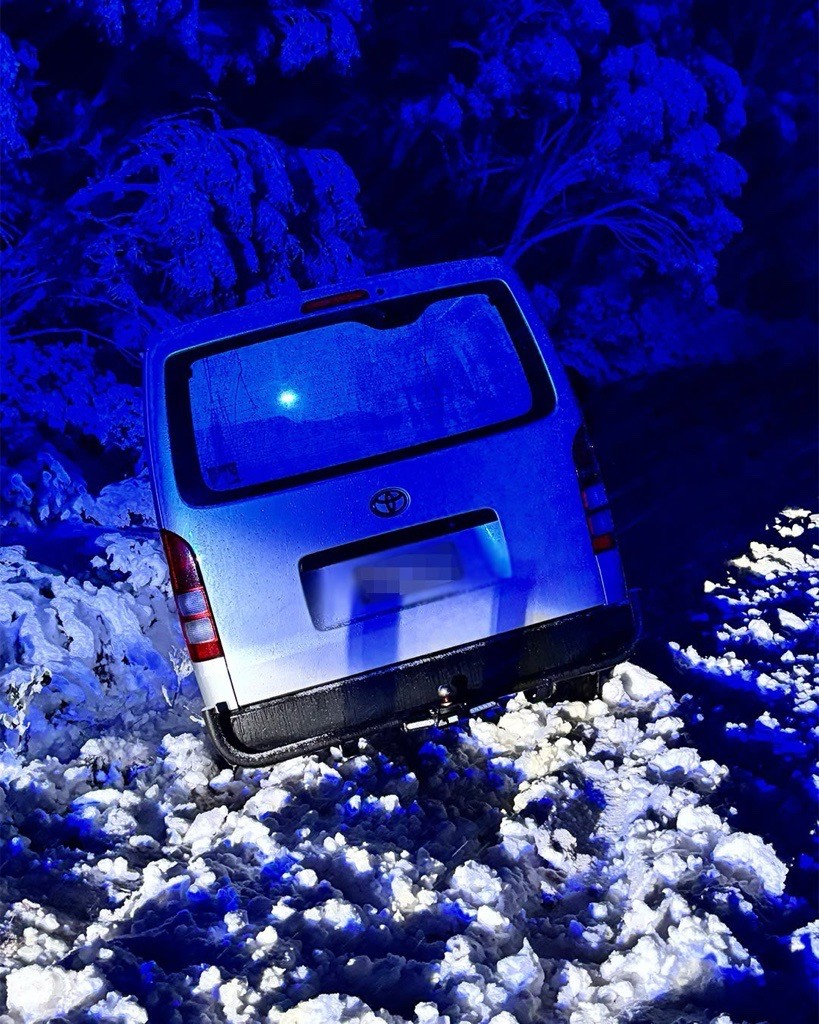
Motorists have been urged to drive to the conditions and make sure their vehicles are ready to handle any ice or snow. Photo: Transport for NSW.
A National Parks pass or ski lift ticket doesn’t guarantee road access during closures, meaning public transport or the Skitube may be the only way to reach the snowfields.
Another option is the Snowy Mountains Bus Service, which has seen a 30 per cent increase in passenger numbers compared to this time in 2024.
More than 28,000 trips have been made on services connecting Cooma, Berridale, Jindabyne, Perisher, Thredbo and Bullocks Flat so far this year.
The surge during the school holidays – with more than 3000 trips during the first weekend of the NSW break – has seen additional peak services every 30 minutes added between Jindabyne and Perisher.
“The Snowy Mountains Bus Service is making a real difference, especially for people without four-wheel drives or experience fitting snow chains,” Ms Aitchison said.
“And fewer cars on the road helps keep those key routes open for everyone.”
Transport for NSW has two checklists for motorists heading to the snow.
Preparing your vehicle for the snow:
- Get a comprehensive mechanical check (tyres, battery, brakes, cooling system, engine, windscreen wipers, demister, electrical system)
- Add anti-freeze (ask your mechanic to check if you need anti-freeze in your radiator or a special coolant for low temperatures)
- Ensure you have the right fuel for snow conditions (if you drive a diesel vehicle, fill your tank with Alpine Diesel from a service station close to the snowfields)
- Create an emergency kit including blankets, food, water, torch, and first aid supplies
- Pack snow chains and ensure you know how to fit them.
Essential winter driving tips:
- Adjust your speed to match conditions
- Use your headlights even during daylight hours
- Allow extra distance from the vehicle in front of you
- Be aware of trucks and heavy vehicles
- Look out for signage and snow poles
- Watch out for black ice, especially at dawn and dusk
- Avoid travel fatigue by taking regular breaks
- Use snow chains when instructed by authorities.
Original Article published by Claire Fenwicke on About Regional.







